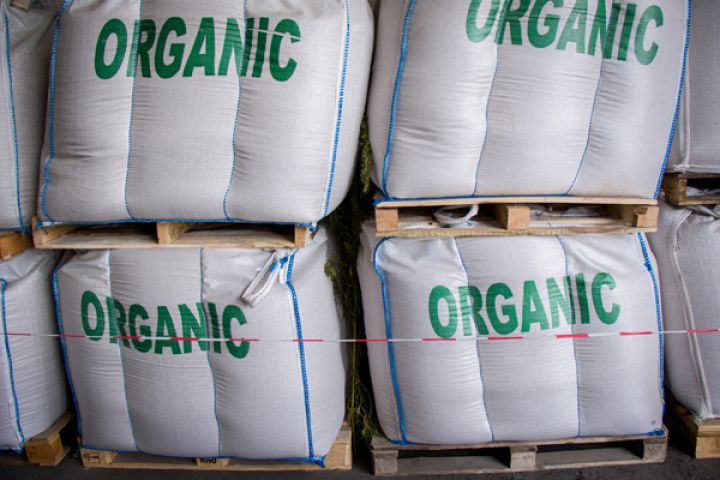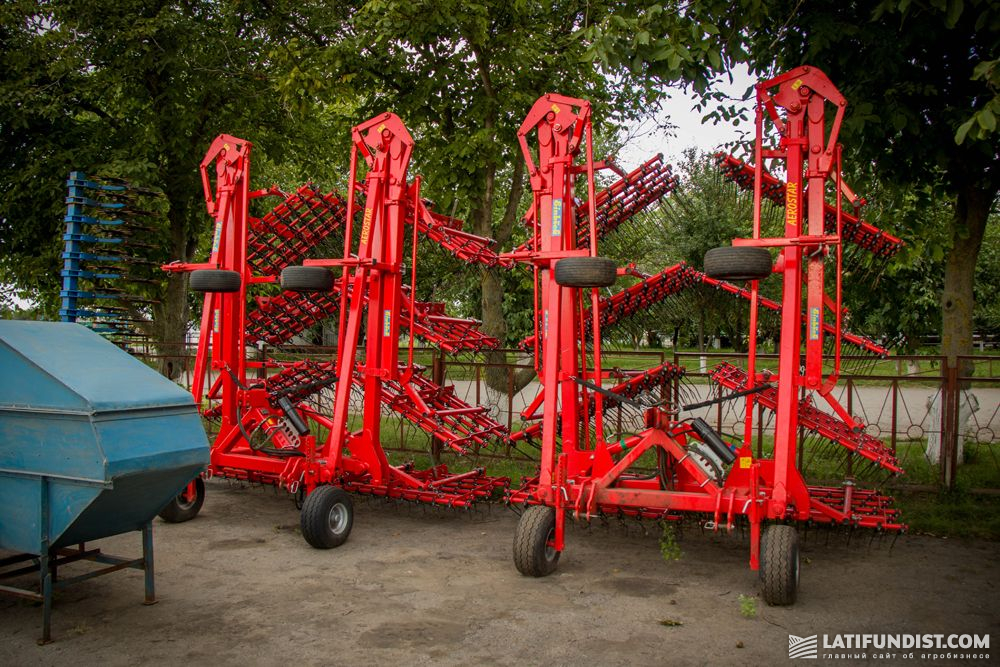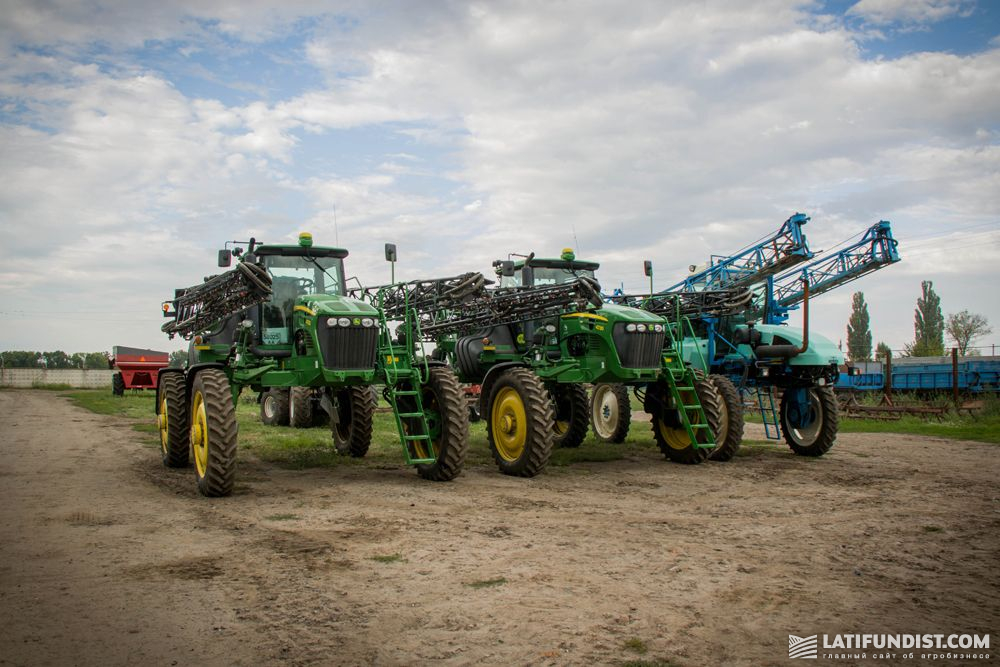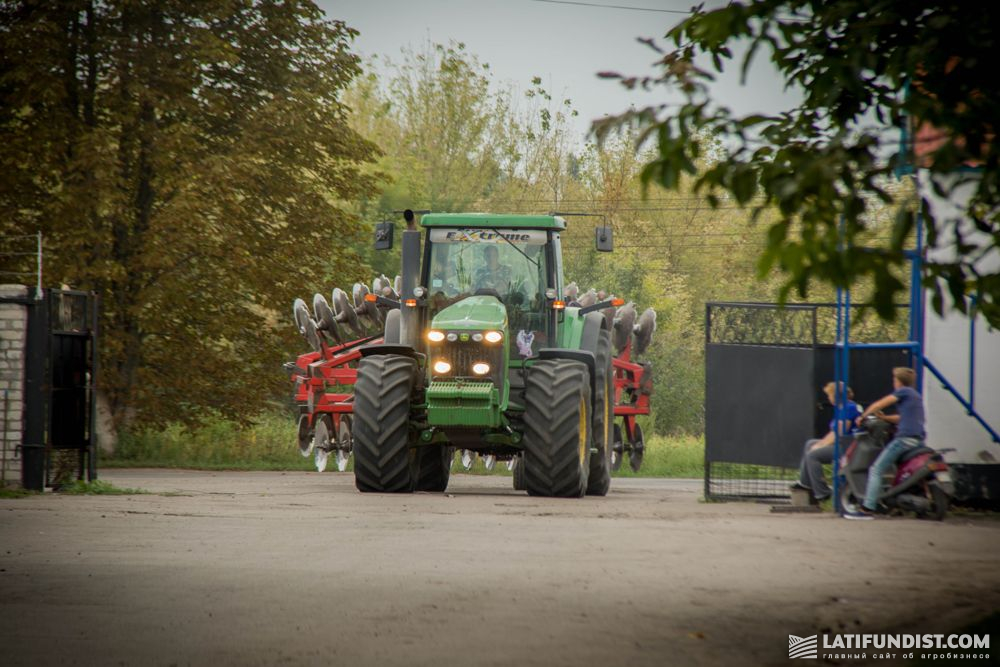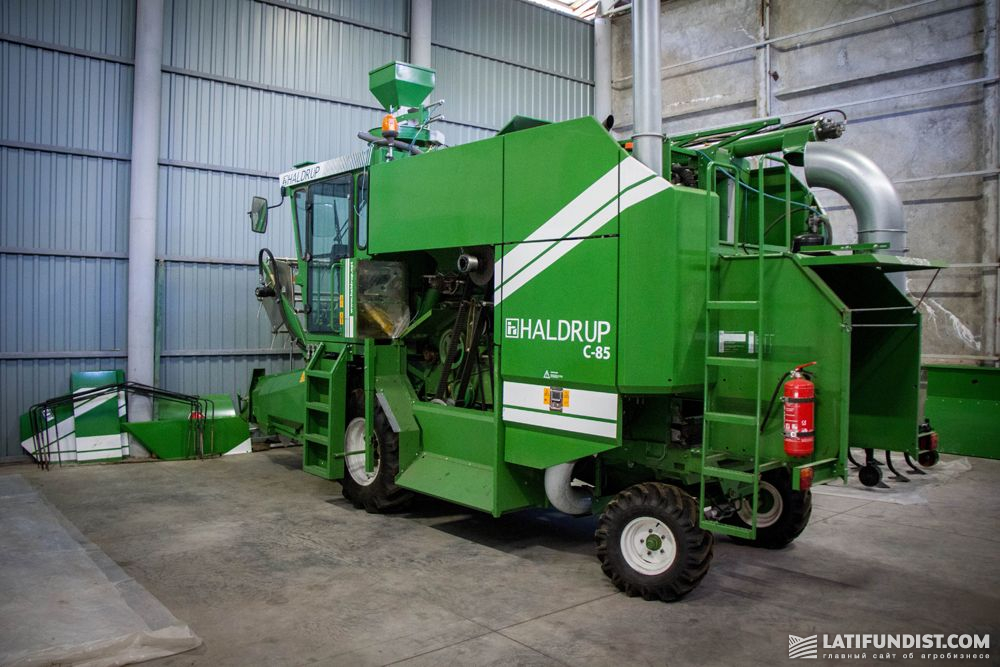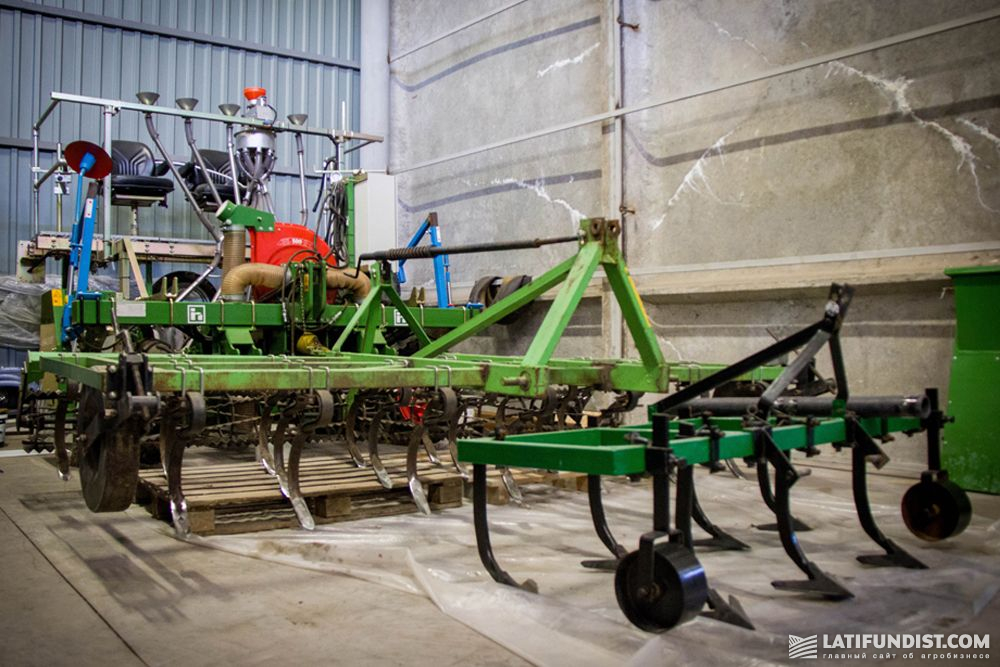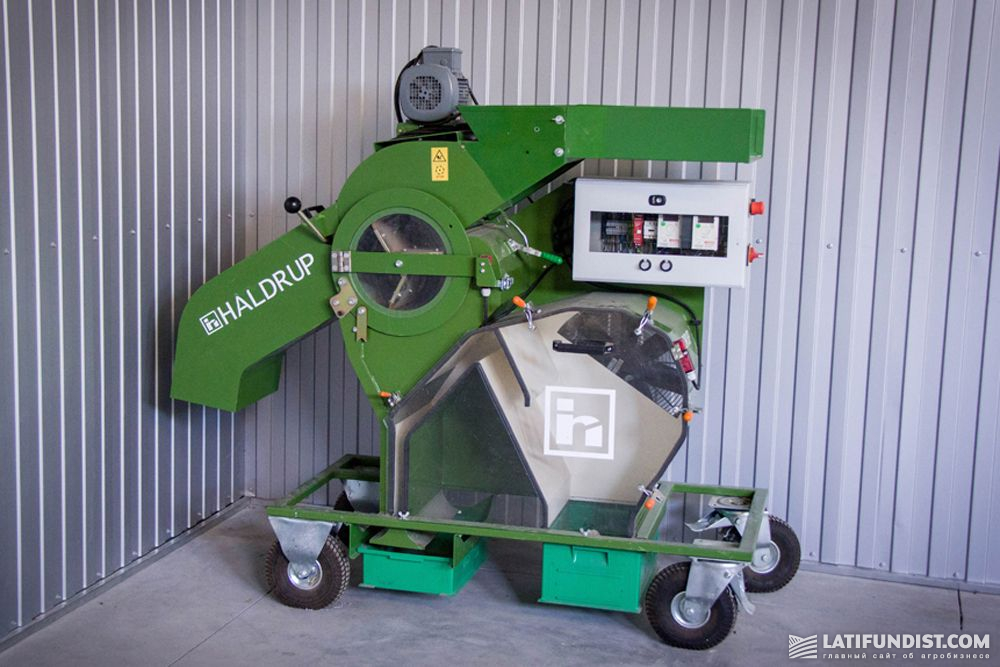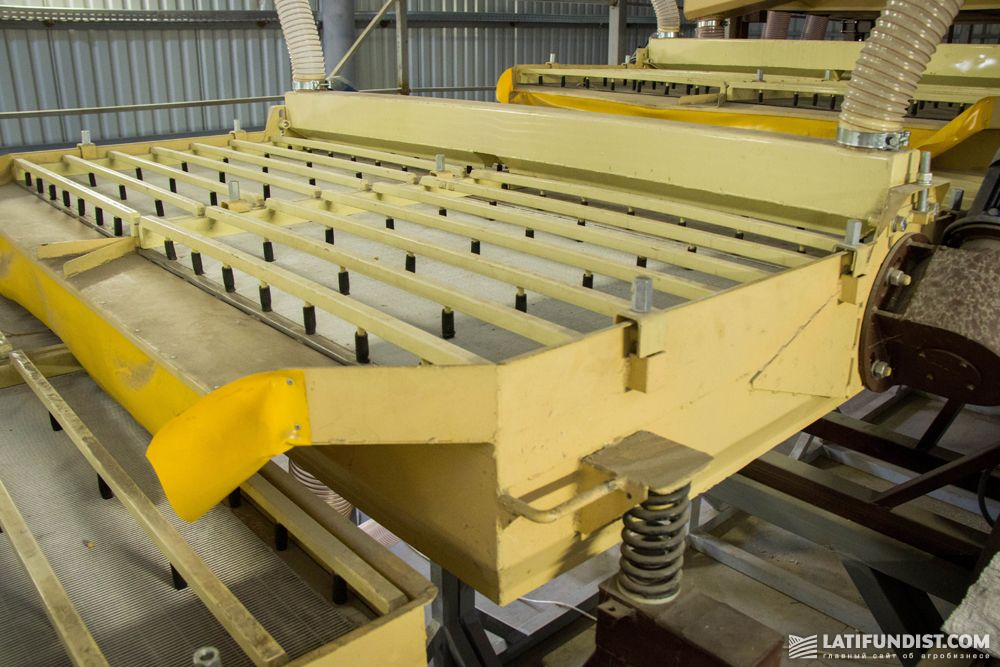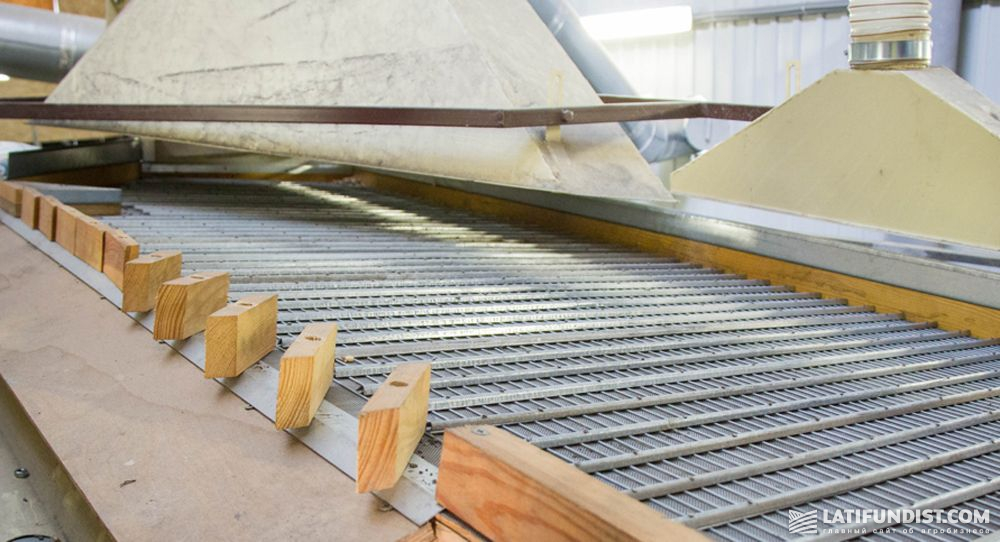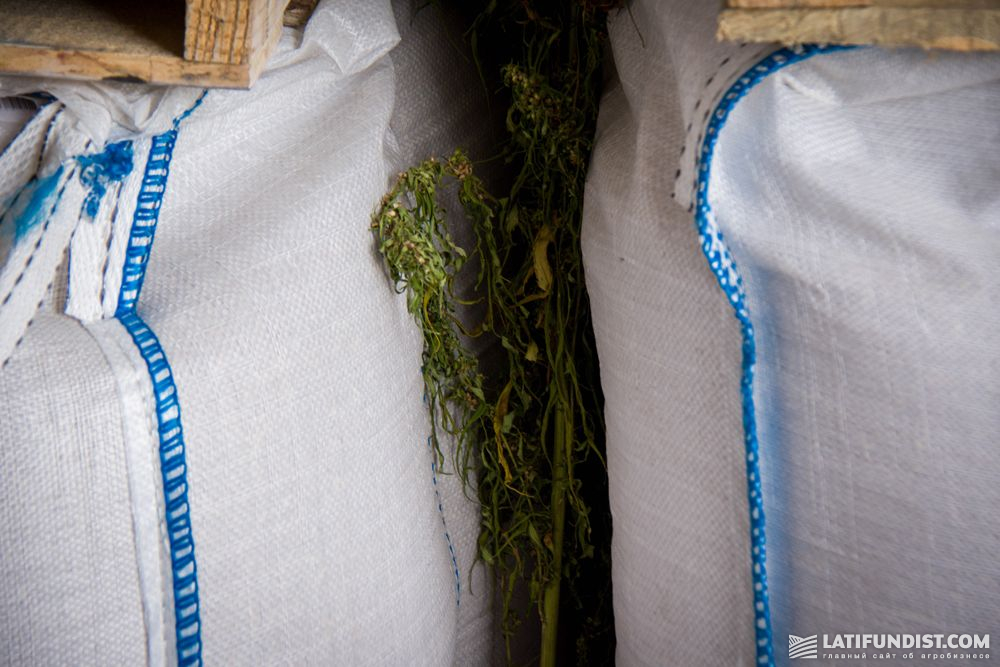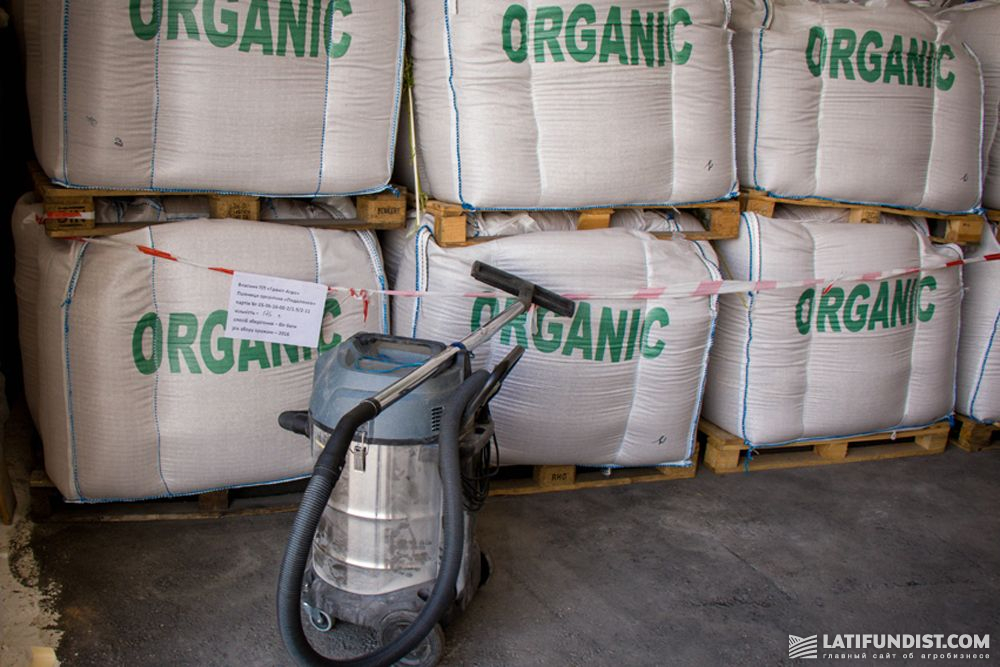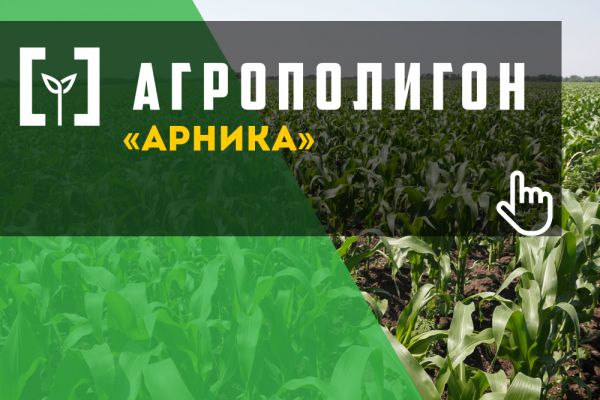AE Soy. Day 6 Poltava Region: Country Named Arnika
The sixth day of AgroEхpedition promised us an extensive program. We thought nothing could surprise us anymore until our visit to enterprises of agro-industrial group Arnika in Poltava region.
Frankly speaking, we were looking forward to the final day of our soybean trip, as it promised meeting with professionals in the organic soybeans cultivation, who intend to make the agricultural holding the European leader of organic crops production.
Our first stop of the day was the Soybean Research Institute, which is part of Arnika.
The purpose of the Institute foundation was to develop a science-based approach to the selection process of creation and improvement of soybean cultivars as well as cultivars primary seed breeding. During the Institute operation, its specialists have created more than 18 cultivars of soybean. The Institute scientific sector includes several laboratories, selection and primary soybeans seed breeding department, which consists of 3 research laboratories: the laboratory on study and control of soybean gene pool, the selection laboratory and the laboratory of the primary seed breeding.
Today, SRI undertakes the construction of new buildings, large-scale reconstruction and renovation of premises, as well as acquisition of modern equipment for laboratory research.
First of all — let`s go to the field!
The group of companies Arnika consists of 8 enterprises, 7 of which are located in Poltava Region, and one — in Rivne Region. The Group land bank amounts to 20 thousand Ha.
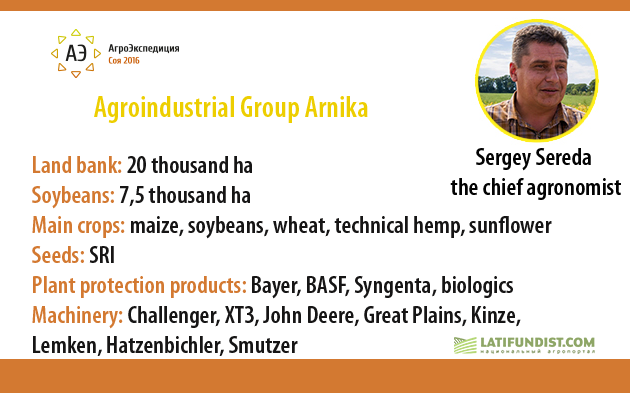
Upon arrival we were warmly welcomed by the Deputy Director of SRI Lubov Bochkareva who accompanied us during the whole AgroExpedition! It`s a pleasure to communicate and expand your horizons with such a knowledgeable person.
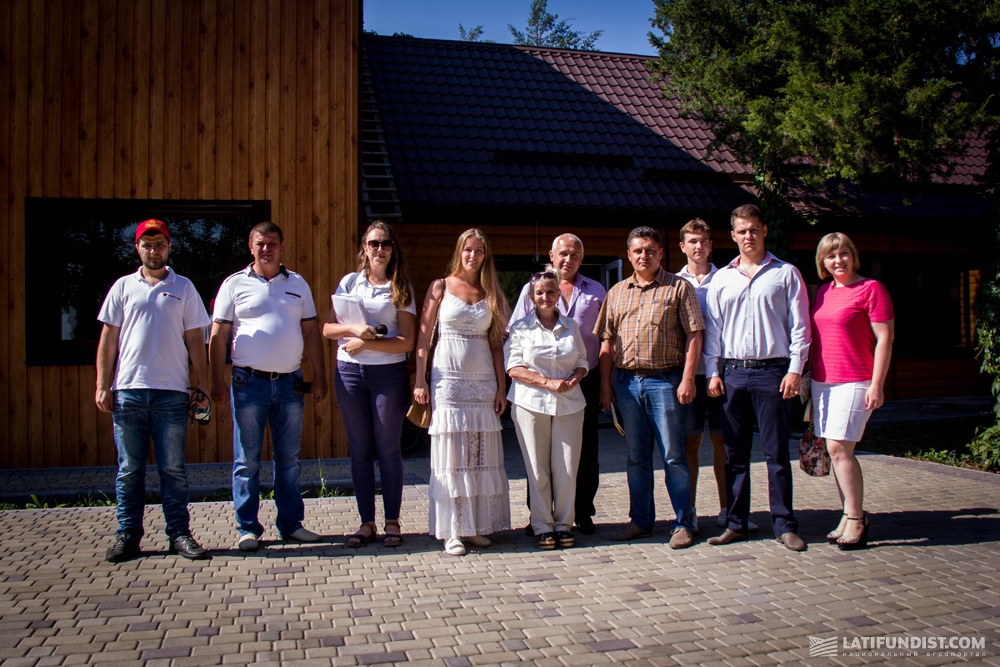
The Chief Agronomist of Arnika Sergei Sereda told us that the company plans to complete the full transition of agro-industrial group enterprises to organic farming. Two of the agroholding enterprises have already switched to organic production. For example, Granite-Agro uses 2.2 thousand hectares of land for organic farming. This is confirmed by certificates: the Ukrainian Organic Standard and Swiss Bio Suisse, setting strict requirements to the products. In 2015, the Company Granit-Agro after 7 years of inspection obtained the Bioland Certificate — organic standard of one of the German organic associations.

The Director of the Seed and Inoculants Sales Department in the agro-industrial group Arnika Natalia Jurkova told us about the varieties currently cultivated by the company.
"This year we have focused on the cultivar of ultra early Tanais with vegetation period of 85-90 days and Lybid, early cultivar that can be predecessors for winter crops and at the same time provide a high yield. This year big attention is paid to high-protein cultivars Horol and Cheremosh. Also, customers are interested in the most recent middle-grade Korsak cultivar, but not in all regions of Ukraine. In addition, because the SRI performs complete production chain, the elite cultivars Berkana, Kahn, Hebe are produced there. Next year we will be able to offer to the customers the first reproduction of these cultivars. They are already included in the register of cultivars", said Natalia Jurkova.
We have seen more than one field with organic soybeans during our AgroExpedition. But without wasting a minute we are heading for the field of agro-industrial group in order to compare it with our previous experience and find out about their technology.
"Soybean is our crop. We love it. It occupies about 8 000 Ha in the structure of our land. The soybean grown organically will occupy about half of the land", says the agronomist.
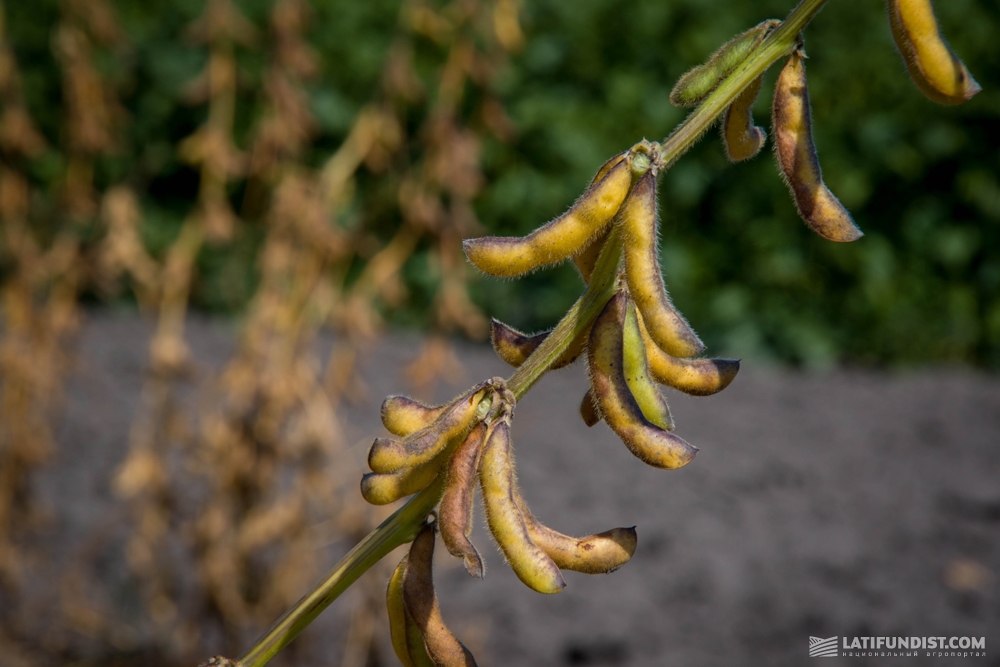
Sowing soybeans usually begins April 18-20, and ends May 10-14. The agronomist complains about the changing weather conditions. So, this year the precipitation was 3 times above normal, which caused the delay of sowing, nevertheless all crops are in good and satisfactory condition. Soybeans yield made 2.2 t / ha per circle last year.
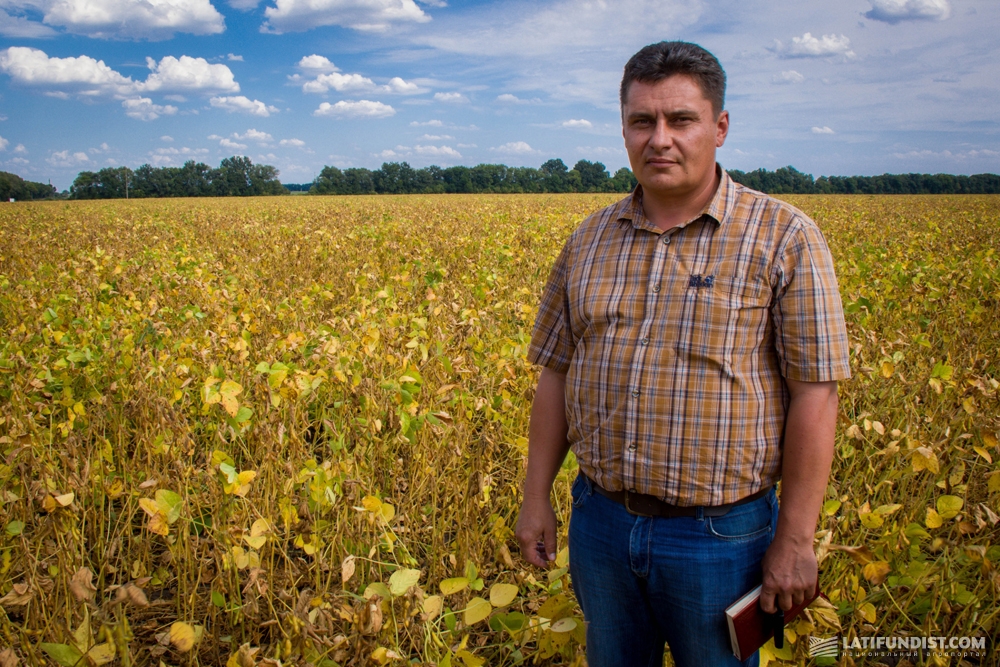
Predecessors of soybean, according to Sergey Sereda, were winter wheat and maize depending on the variety and treatment. If we take organic farming, disking of stubble and ploughing to remove crop residues is done on maize fields to enable mechanical field processing. According to the classical method deep loosening to a depth of 33-35 cm is used. Fertilizers are not used, and the seeds are processed with biological products.
According to the Executive Director of the agro-industrial group Arnika Oleg Maksak, the company is in a creative search now primarily due to the reorientation of holding to organics.
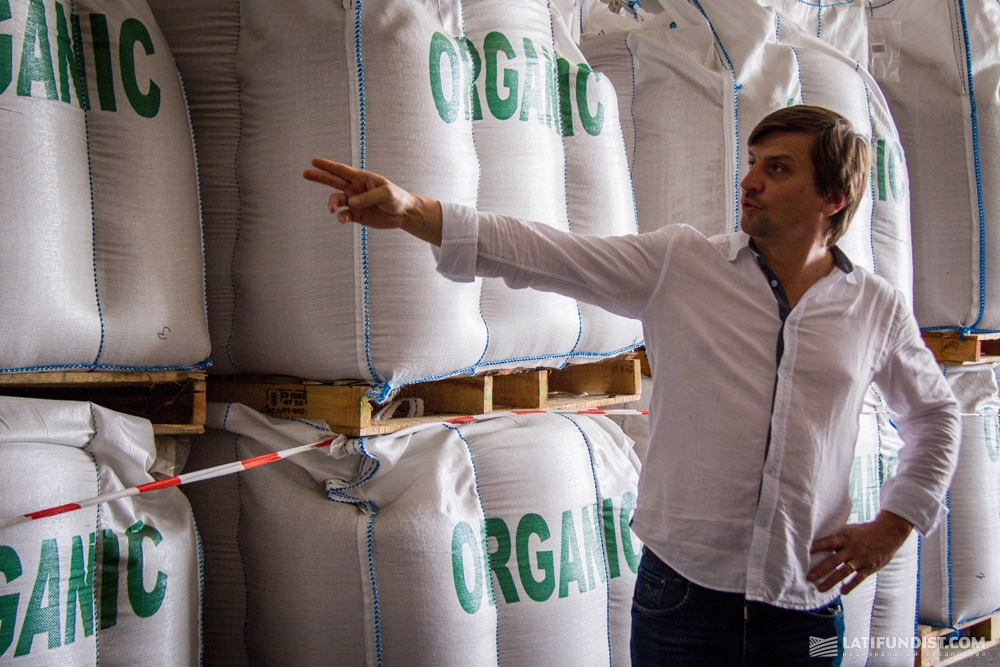
"There was an opportunity to include the laboratory of organic farming in the existing laboratory facilities. Our Bio Suisse Certificate allows us to sell products directly to Switzerland and other countries, but it is necessary to have 20% legumes in the rotation. Soybeans do not belong to them, so we should actively develop growing such crops as chickpeas, lentils, rank, mung bean, vetch", said Oleg Maksak.
When choosing biological products the enterprise pays special attention to the Organic Standard certification, which is the only certificate that enables the use of a certain product. According to the Chief Agronomist of Arnika seeds were processed with biological product FitoHelp 0.5 l/t with adhesive Enposam 200 g/t for organic crops. After vegetation processing was carried out with FitoHelp 0.6 l/ha in bacterial mixture Enposamom 0.2 l/ha and biological insecticide Bitoksibatsillin 5 l/ha in the problem areas.
"Today we have one completely organic farm. This is 2.2 thousand Ha. Other two farms have already passed certain stages of the transition period, during which no chemicals were used. And there are two more farms, which have switched to organic this year. This makes more than 5.5 thousand hectares", said the Executive Director of the holding company.
Arnika does not have any problems with agricultural machinery provision. All work is carried out exclusively by its own capacities. The machinery of brands Challenger, ХТЗ, John Deere, Great Plains, Kinze, Lemken, Kuhne, Hatzenbichler, Smutzer is used.
In search of perfect cultivar
We started acquaintance with the scientific activities of the Soybean Research Institute with a brand new laboratory complex. There you can see a spacious laboratory of primary seed breeding, which is intended to be equipped with the most modern seed-cultivating equipment; selection laboratory, the laboratory of formation and management of the collection funds (gene pool), where morphobiological research, study and use of mutagenic factors, structural, comparative and about a dozen analyses will be held using modern methods and equipment.
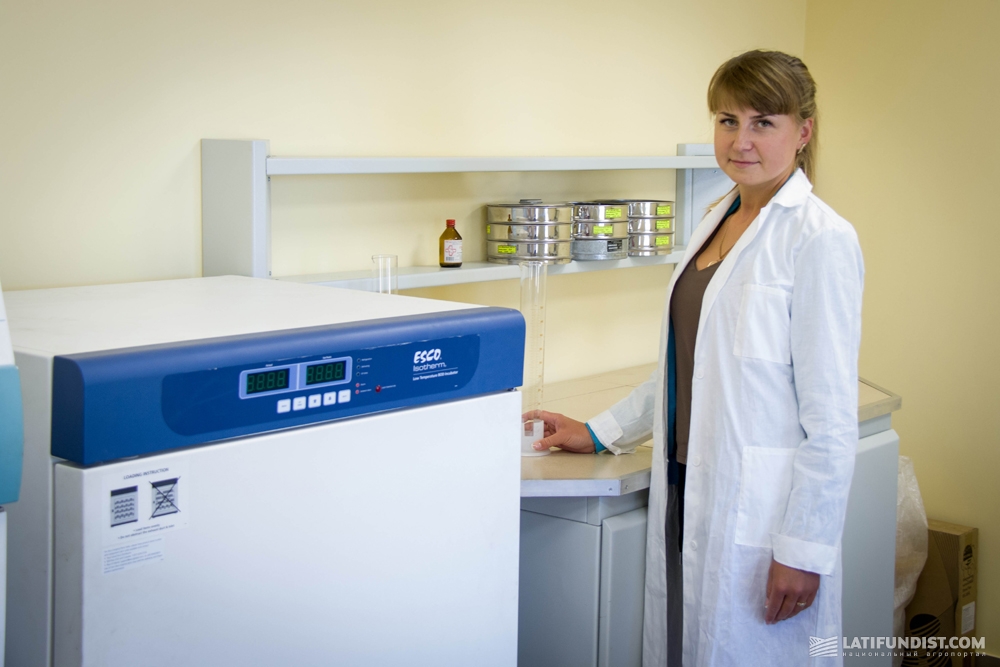
Further the laboratories are located — analytical, electrophoresis, product quality, plant protection labs, methodological, scientific and technical support laboratory. And there will even be biotechnological laboratory in future.
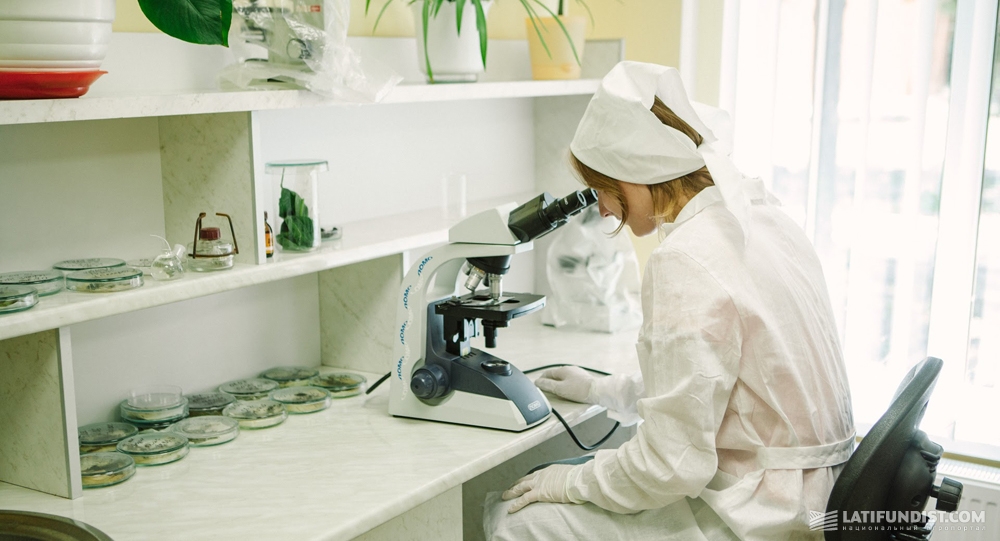
Boxes for machinery, for refinement of breeding material and reap storage are located in the spacious hangar, which is adjacent to the laboratory complex. We have not seen this anywhere else in Ukraine. On the second floor there is a storage for medium term seeds (up to 8 years) with a storage temperature of +5°C and humidity of about 15-20%. We have also viewed modern German breeding equipment, Haldrup seeders, harvester and threshers.
Next we go to seed breeding scientific sowing rotation. Scientific crop rotation consists of four fields, which covers 210 hectares, each field occupying 50 hectares. Maize, soybeans, winter wheat and barley are grown in the sowing rotation.
"This year the research field occupies an area of about 35 hectares. 12 nurseries have been sown here: 2 primary seed nurseries, 1 nursery for environmental cultivar study, others — for breeding. Depending on the goals and objectives each section in the nurseries varies in size between 2 and 80 m². To create a microclimate in the nursery, we use the rocker stripes of corn", says Lubov Bochkareva.
The nursery of primary seed families of the first year of the study consists of one-drill sections 3 metres long, one drill is one family — it is the offspring of one elite plant. 3,100 families are cultivated in this nursery. Families of 15 varieties and breeding numbers including 8 commercial ones are studied here. The rest of the variables are for support purposes including three selection numbers that have passed the competitive test and in the future will be passed on for the state examination.

The primary seed nurseries apply such procedures as adverse selection and varietal weeding. These procedures are based on the official description of the variety, conducted by state examination with the DUS-test.
As we know, there are 20 soybeans identifying features and the Institute adverse selection is carried out on all 20 criteria.
"For example, there are situations when during selection of the elite plant, we accidentally selected a plant which is heterozygous (it is impossible to determine it visually). In the next generation such plant would split. When a specialist conducts varietal weeding, he immediately marks such families. The defect indicator is placed on the plot. We also reject as defective those families where 3-5 off-type plants were noticed. We do not investigate the type of heterogeneity in the family — genetic or mechanical, we reject the whole family", the Deputy Director said.
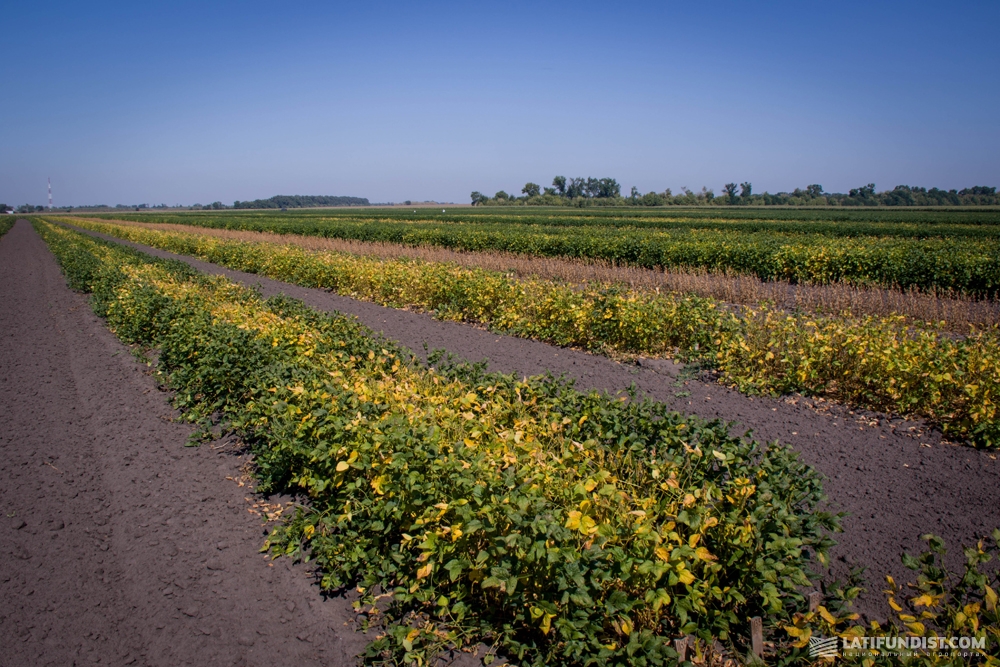
Usually families’ rejection in the nursery of the first year of studying is about 1-2%. The proportion of impurities is from 0 to 6 plants in the same family.
According to Lyubov Bochkareva, there is a procedure of internal control in the Soybean Research Institute. What does it mean? Internal seed control is a process when a group of independent experts-agronomists is created, which supervises the primary seeding for the sections of the first and second years of study.
"If the commission notices any deviation, the report shall be made immediately. Moreover, such internal control procedures are used not only in the primary seed nurseries, but also in secondary seed nurseries. Such internal control gives us confidence that the variety does not contain impurities", the expert explains.

As mentioned above, three laboratories work on the scientific rotation of soybeans. The staff of each lab includes 4-5 specialists of corresponding direction — the head, the researcher and technicians. The seasonal workers are involved in the work of the institute when needed.
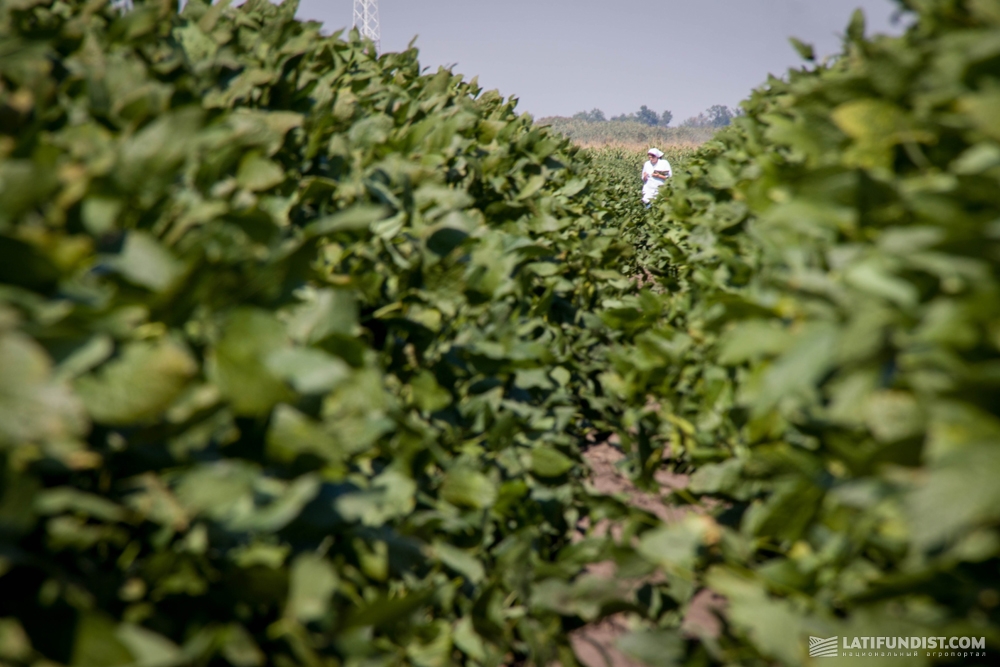
Here is the reply we received to the question about methods used, research objectives and priorities:
"We use many methods of observation and analysis. Among other things topical in soybean breeding, we are searching for visual markers of what is hidden within the plant (e.g., the markers of a high protein content, fat). We are trying to determine the optimal architecture of the plant, for this purpose we use such an extensive biometric analysis of the 40 plant features, followed by correlation analysis. We use the method of correlation pleiades and their comparative analysis: singling out the productivity pleiades we try to identify the most productive selection. This method helps us identify the level of success of our selection from hybrid populations. Averaged data showed that the success of such selection is 80%. This method is used both in selection and primary seed breeding during the analysis of the success of selection of elite plants. Index numbers are also used in the primary seed breeding", the expert explained.
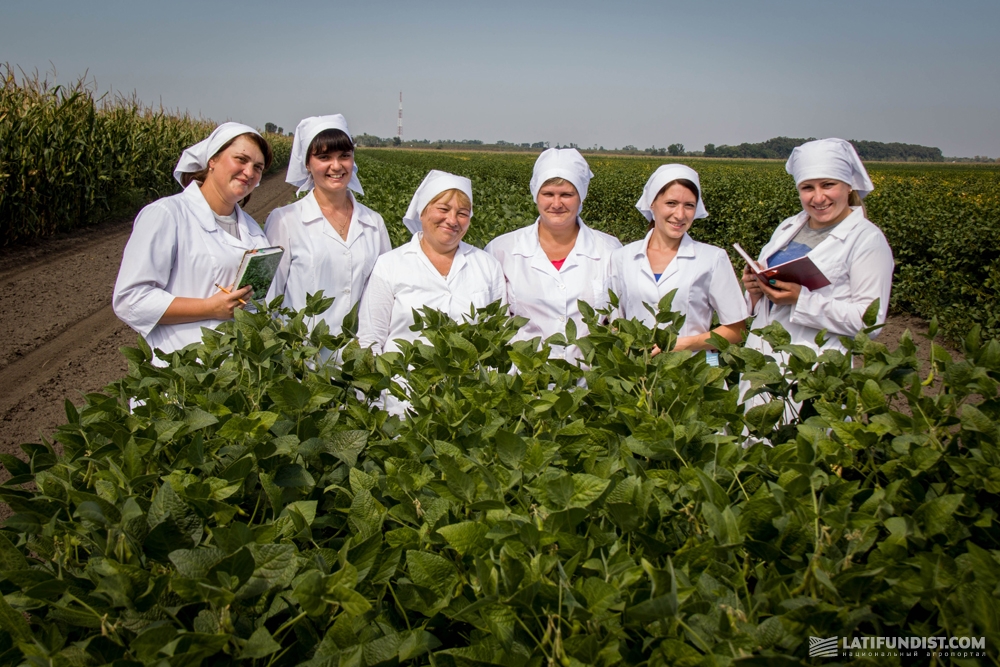
While examining the Soybean Institute nurseries, we could not miss women working in white overalls, who were very meticulously inspecting plants. Their working day starts at 5 a.m. and finishes at 1 p.m., during this time they need to get around a huge area to check hundreds of plants.
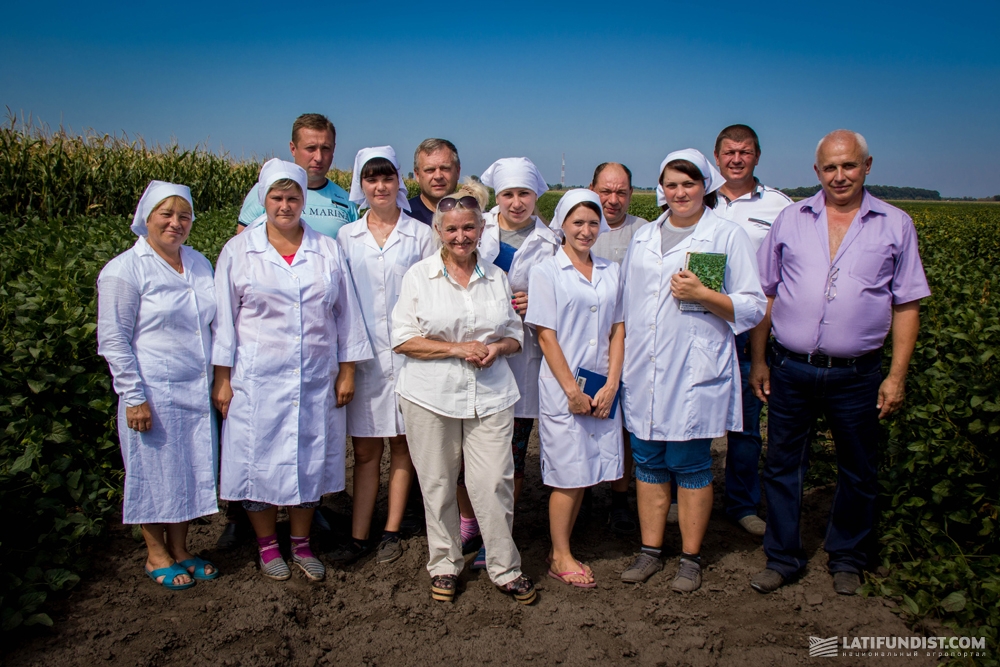
Ussurian wild soybean
We would like to draw your attention to the new soybean cultivar — GL-4 or Algiz, which is being prepared for the state examination this year. According to the Soy Research Institute experts, this precocious grade (it is close to the cultivar Tanais on precocity) contains about 39-41% protein.
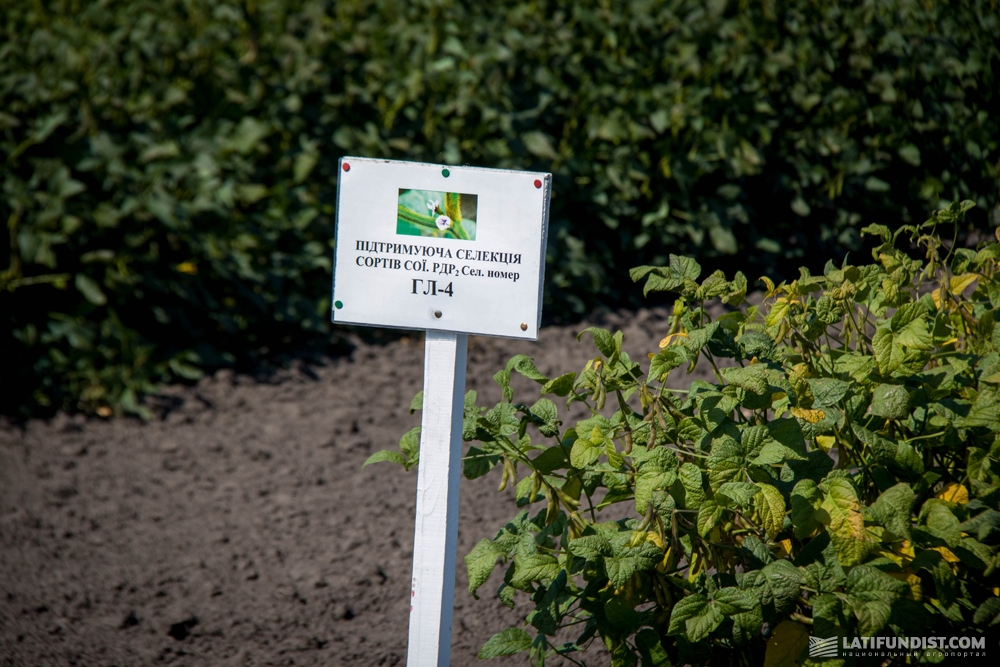
"Work on this issue was carried out before I joined in. This is a selection of 10 plants of hybrid population. We have been working on it for about 4 years. And before that crossbreeding, multiple selections have been made, which means it takes a long time to create a cultivar. In our opinion, this variety is homogeneous, it has a good productivity and quality of grain", says Lubov Bochkareva.
When we asked how much time was needed to create a cultivar, the specialist explained that time may vary.
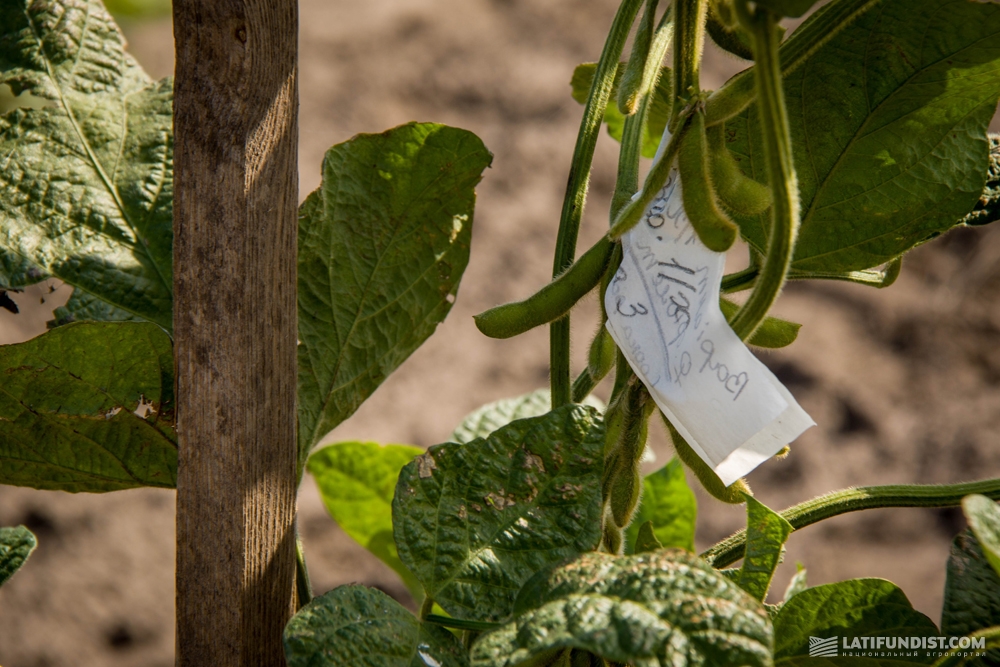
"If you take the classic breeding methods, it takes about 6-7 years. If we use marker selection method, it will take around 5 years. And if you use a remote hybridization, which we use, it is generally a very lengthy process, because a wide range of variability for a considerable time is observed in this type of hybridization. Selecting intermediate forms and using inverse and saturating crossovers, biotypes relevant search process can last for years. This is a very difficult job, and as a result the breeder can get quite the opposite to what he expected initially", says an expert from the Soybean Research Institute.
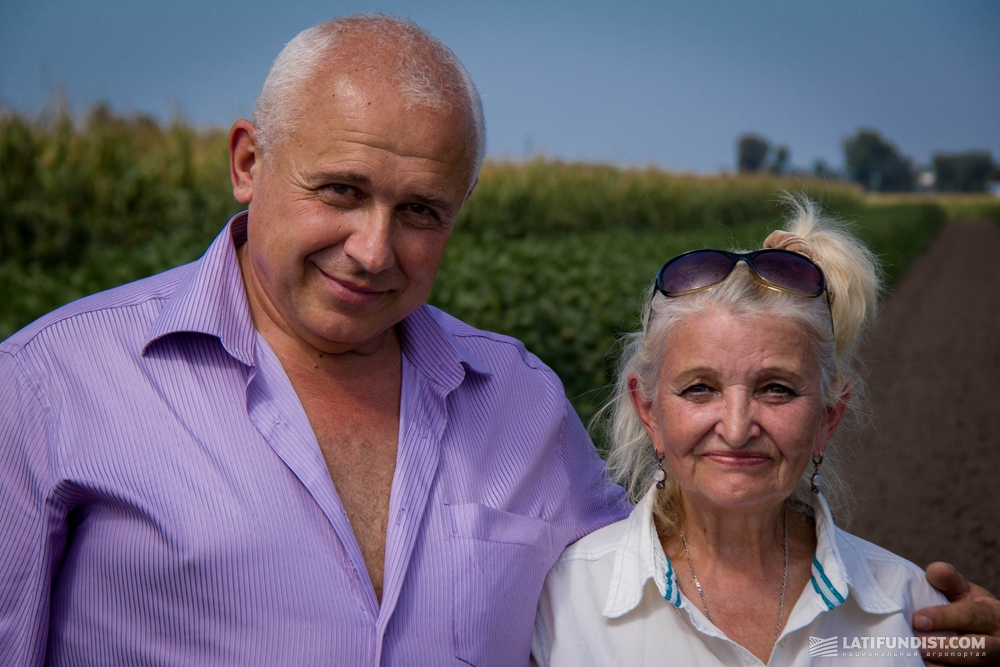
By the way, besides for soybeans, its wild relative of the Ussuri, sorghum and chickpeas are cultivated in the gene pool of the Institute of the nursery, as the Institute believes that in the coming years due to climate change these crops will have a very favourable time in Ukraine.
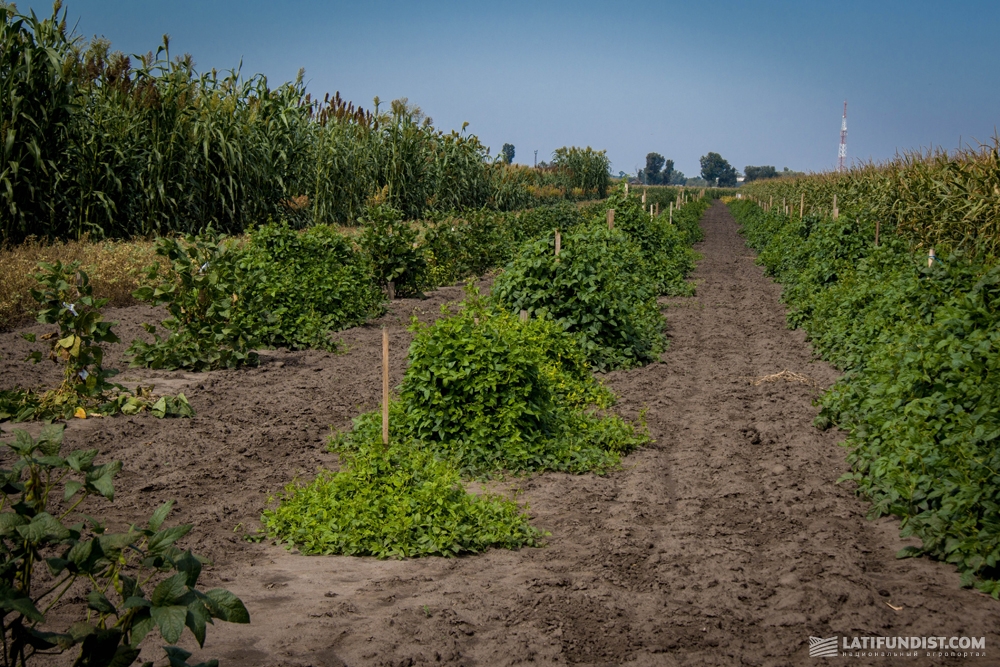
Hemp mini AgroExpedition
Our field visit to the company Arnika was accompanied by another interesting cultivar that is just gaining popularity in Ukraine. Our AgroExpeditors came across information that 1 sq km of industrial hemp can earn $46.7 million. And we thought sunflower to be the most profitable crop ... :)
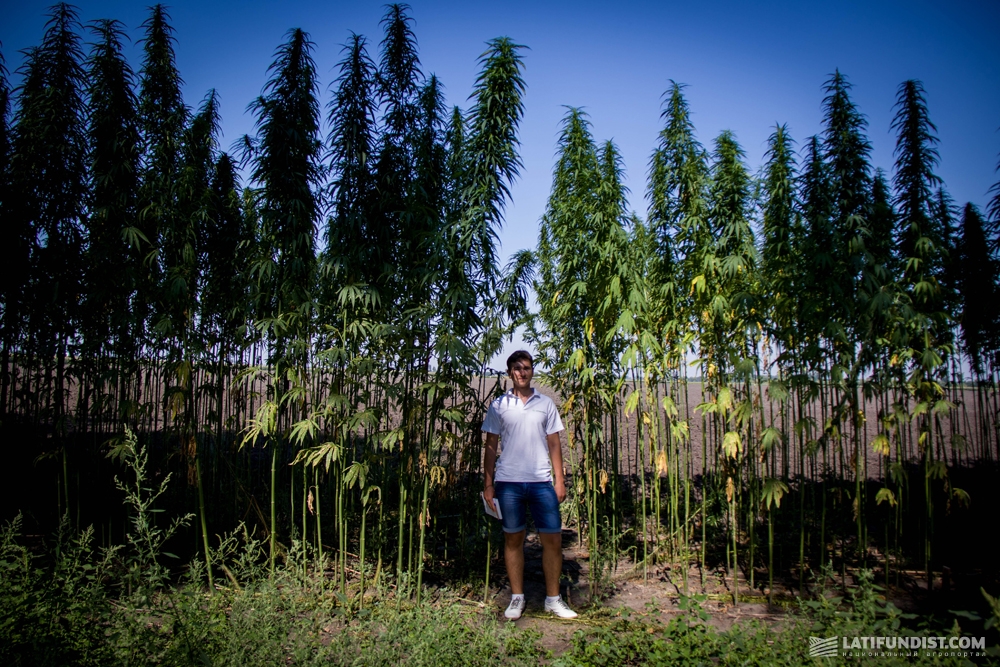
Arnika has been cultivating industrial hemp and sees great prospects in this direction. In 2016, the company presented its products at the largest exhibition BioFach in Germany, and hemp was in great demand.
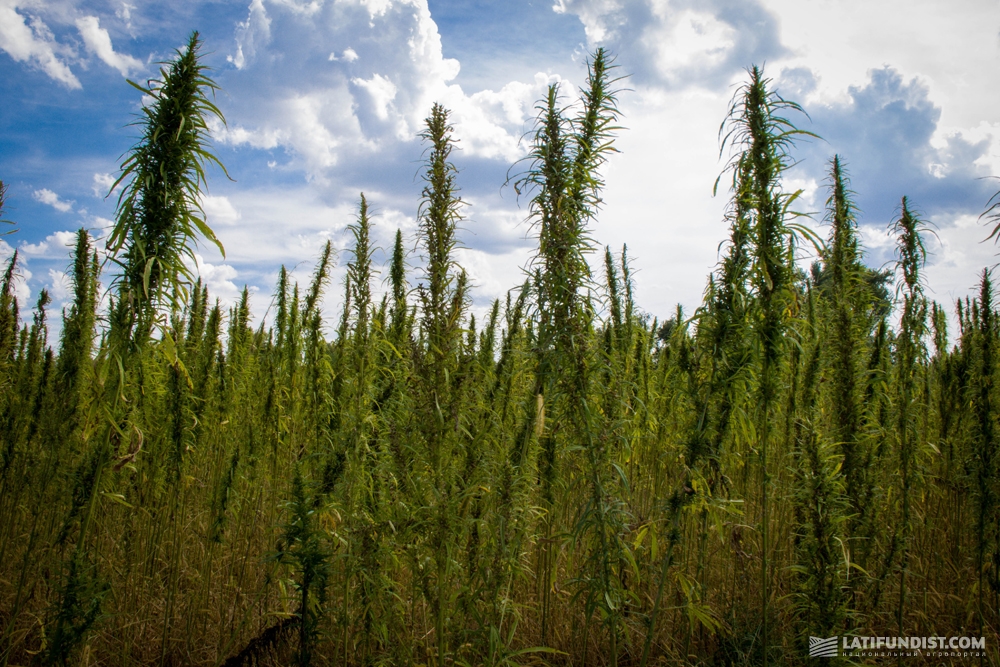
Today, the area under this crop in the company makes 800 hectares. About 5 thousand Ha of hemp is grown in Ukraine. And we are fortunate that we have visited the farm, where this year's sowing of this crop makes 10% of the total area of industrial hemp crops in Ukraine, and the field where it is being harvested. Harvesting of this cultivar is usually done by grain harvester John Deere, as well as keyboard type combine harvesters Claas.
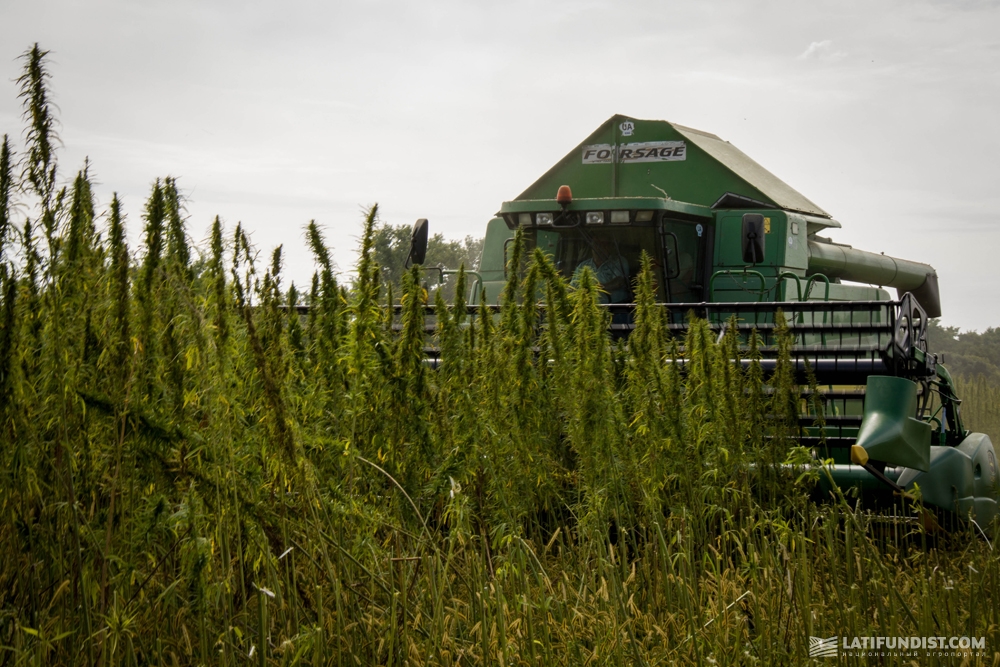
By the way, not so long ago the holding bought equipment and a plant for primary processing of hemp straw for fiber. His plant is intended to be launched this spring. But let's get back to soy :)
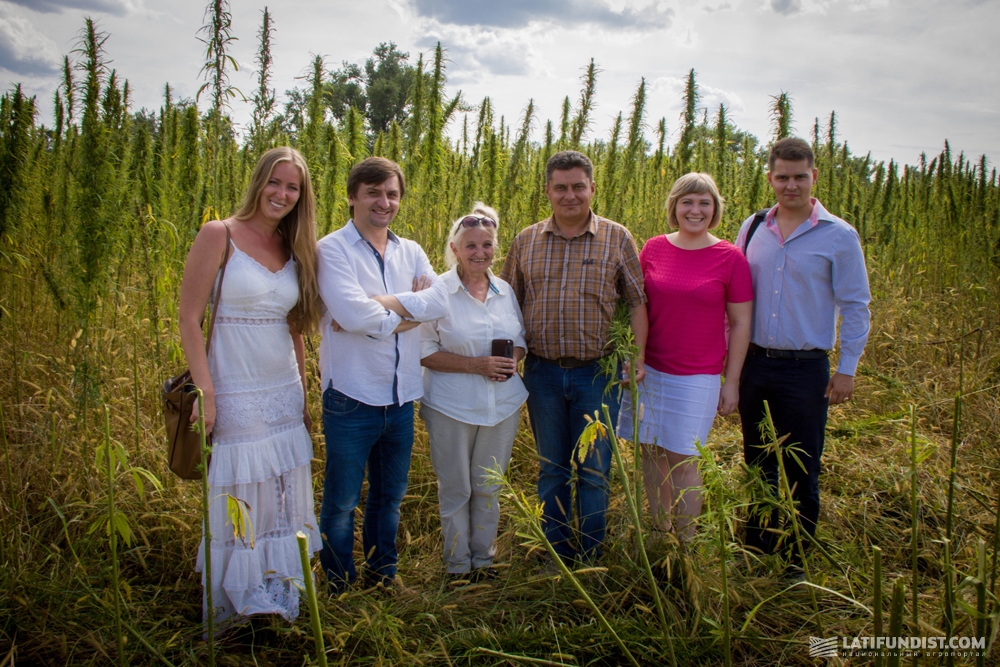
A new look at Fadeyev line
Besides the fields, we also visited the seeds completion laboratory. There are seeds which have been just collected in the hemp field, which are to go to Fadeyev line.

"We have introduced the drying technology, which we have seen at our partners` enterprises and used at home. Now hemp is processed here. This grain is ready. It still has some impurities. After drying and primary treatment it gets on Fadeyev line, where it will be calibrated according to the highest standards. We have also installed Ukrainian equipment and organic dryer", said the seed refinement engineer Artem Shaman.
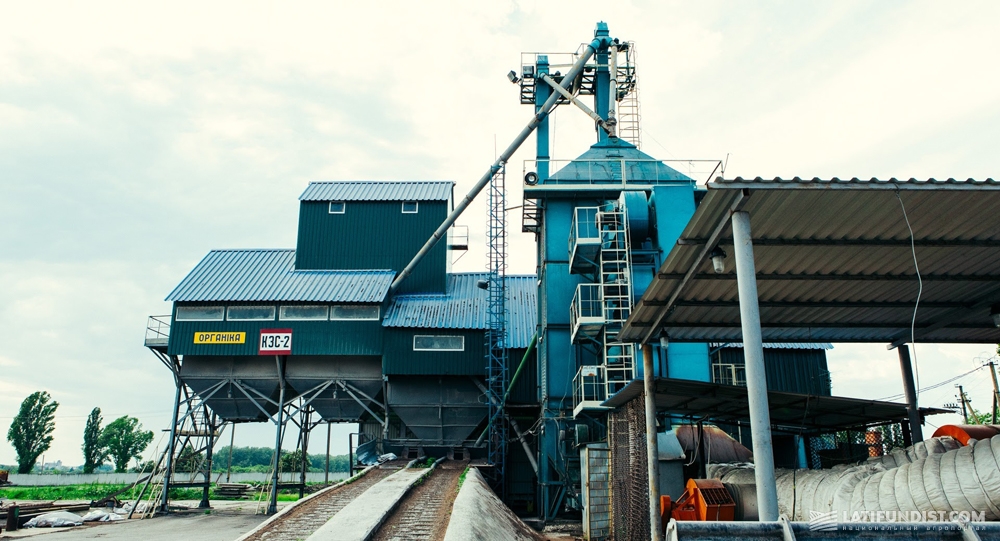
After drying hemp grain falls into the cell, where the fan is running. The dryer for small batches such as sowing and organic crops has been made to be able to handle each field separately. It operates on waste and wood chips.
Fadeev line itself has been developed and improved since August 2015. Now it is already on the finishing stage of refinement, but it was turned on for the AgroEkspedittors and the soybeans cleaning process was demonstrated. By the way, the tour was guided by the project developer himself — Artem Shamalo.
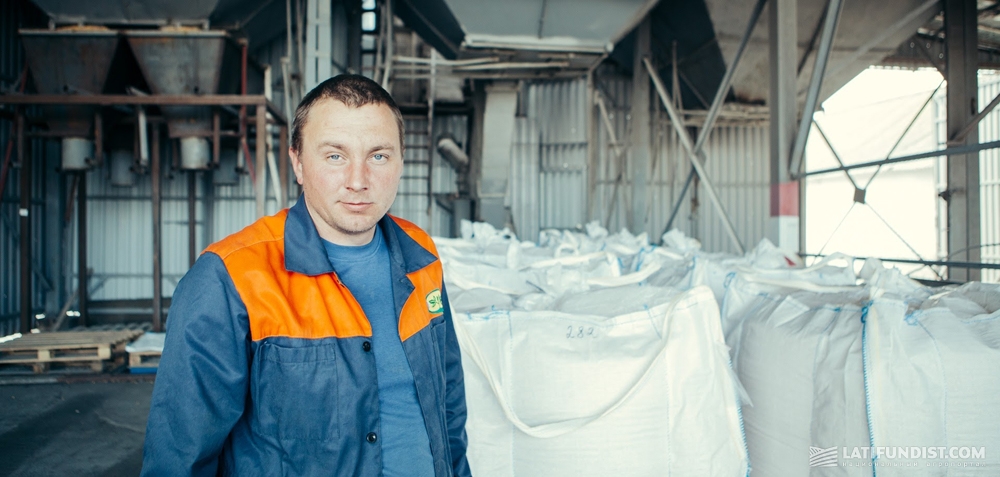
"We try to get a good germination. Fadeyev line consists of two components. The first one is sieving, where we achieve calibration, clean the grain of sand, impurities and weed seeds. And then two other sievings separate grain by fraction and size. Then it goes into noria. Some of plansifters go into special casks for temporary storage and further refinement. It is impossible to mix everything at once and obtain the required quality. The waste goes for recycling. Halves and fine grain will be used as feed and for other needs. Everything will be distributed by fractions", the engineer explained.
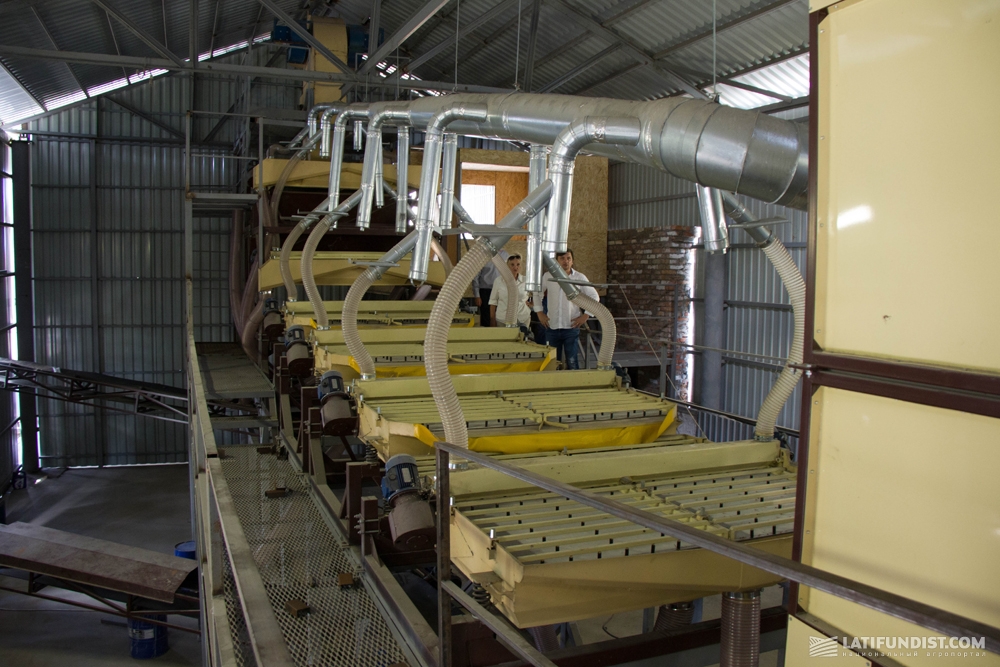
Natalia Jurkova added that the installation of Fadeev line will significantly improve the quality of seeds indicators. That is, all products are already being produced with the new equipment.
Ukraine's first organic grain storage
The holding has a certified grain storage complex, designed to store 48 thousand tons of products; granaries with total storage capacity of 25 thousand tons, tanks for storage of petroleum products. The seeds ready for sale are stored in the depots specifically converted for organic products, which are perfectly clean. The entrances to the warehouses are equipped with a special grille, which allows to maintain good air circulation in the room and protects the storage from unwelcome guests, such as birds and some pests.
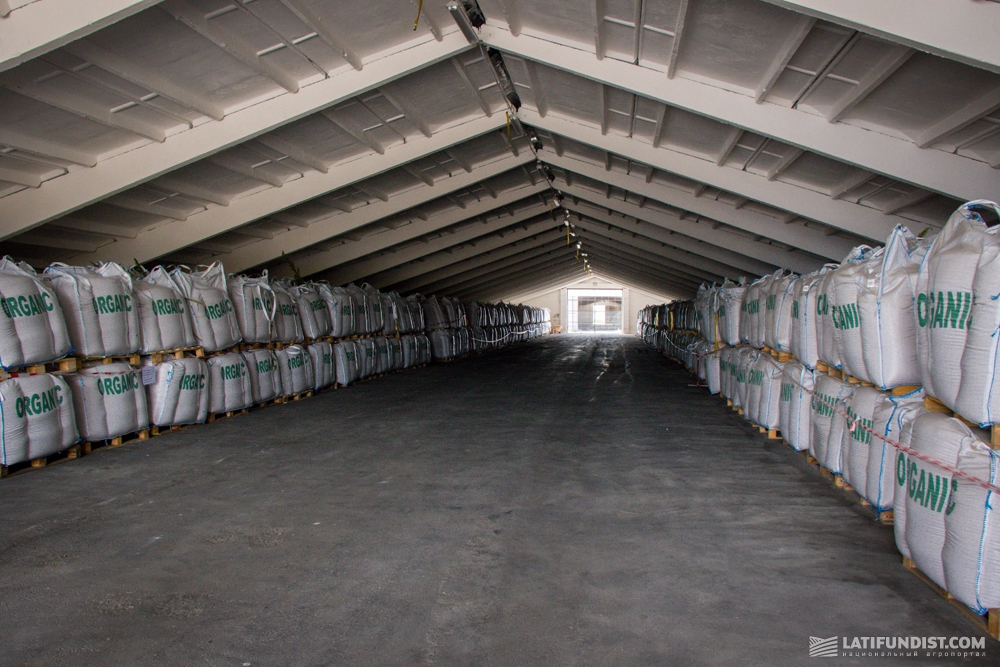
Wheat in kept in big bags, it is noteworthy that hemp is placed between the packages since it has insecticidal properties.
"Every big bag has a unique number and barcode. That is, you can then keep track of all its movements. Then it goes for export. If there are questions, "What? How?Where? " — you only need to send us a photo of the barcode, and we will tell you in what field this crop was grown. Grain is sold in Switzerland, Germany, Holland and New Zealand. The warehouse is ready for soybeans", says Oleg Maksak.
According to him, the demand for organics in general exceeds the offers of Ukrainian and international market.
AgroExpedition team decided to visit the production of expanded toasted full-fat soybean in order to witness the benefits of this crop.
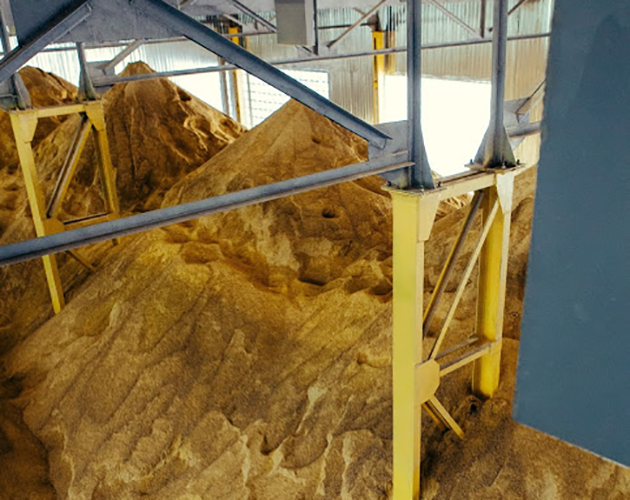
Anatoly Marchenko, Production Deputy Director, said that the main advantage of the ETF-soy is its production without the use of hexane.
"Soya in grain is not very useful, not edible and is not eaten by animals or birds. In order to become edible all soybeans must be heat treated. In our case it undergoes heat treatment at the temperature of 100-103ºC for 15 minutes. Then our product goes into the toaster where it is toasted for 4 minutes on each side at 85ºC. Then soybeans move to the expander where the products are strongly compressed under the pressure of 20 atmospheres and then abruptly released: explosion at the molecular level occurs, which makes it possible to release amino acids, vitamins, fats — everything that is useful in the soybean. The difference from other products lies in preservation of all microelements due to the gentle processing where we do not add hexane, as it is done in the meal", says the production Deputy Director, Anatoly Marchenko.
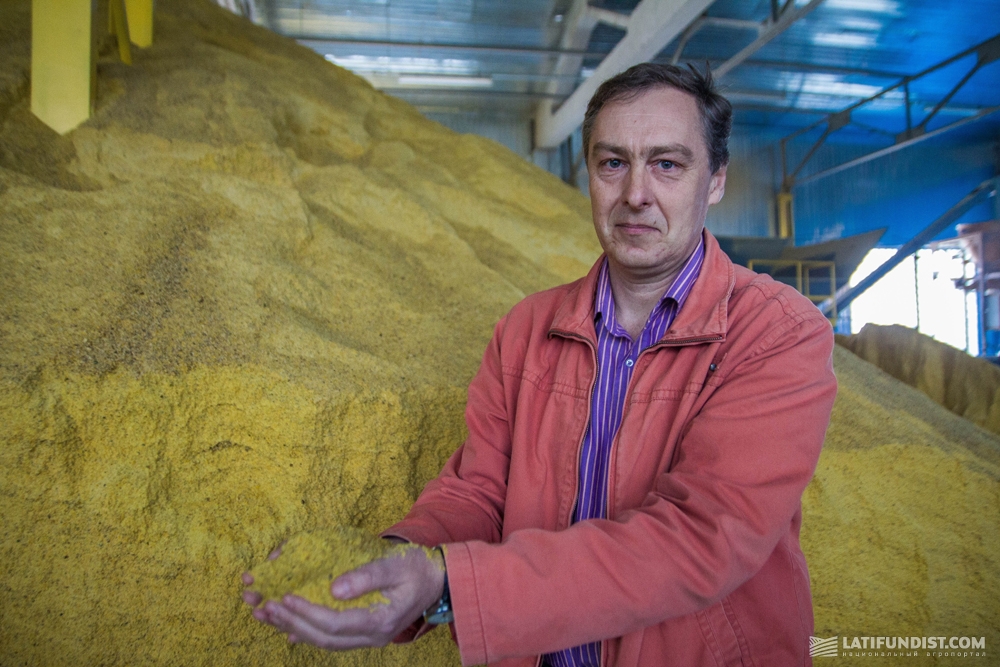
Companies under the "organic" sign
Having examined the holding production capacity, we headed for the field again because we still had two meetings with representatives of the enterprises which are part of the agro-industrial Arnika group — Agro Novomoskovsk and Granite Agro.
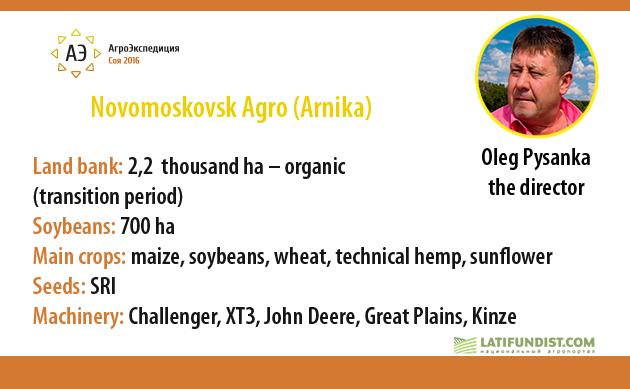
Moving on the enterprise Novomoskovsk Agro, where Director Oleg Pysanka was already waiting for us.
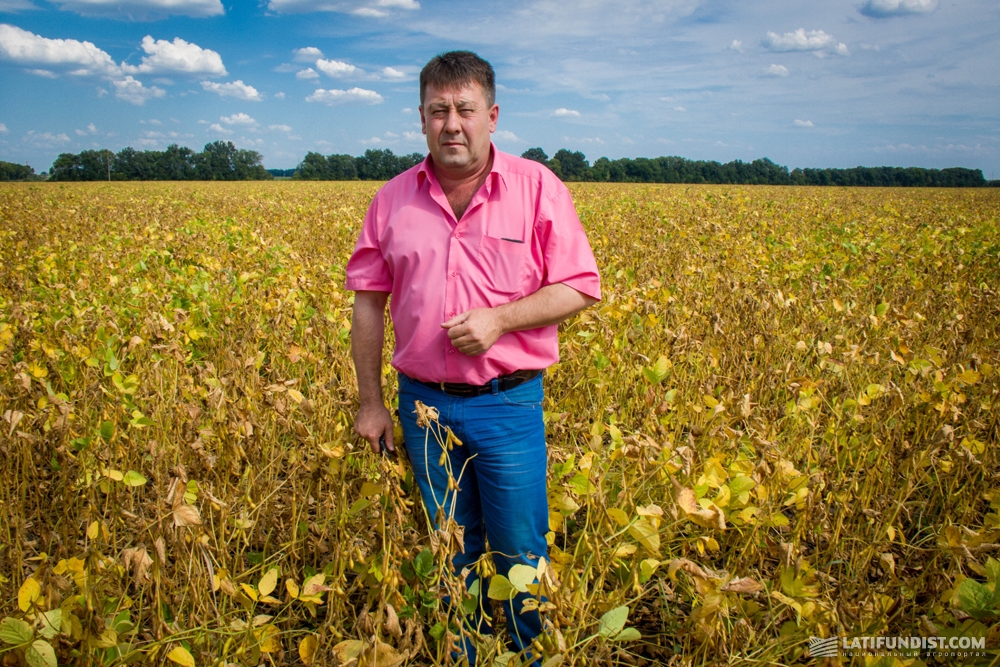
On May 20 the soybean cultivar Lybid with a seeding rate of 750 thousand/ha was sown on the field of this enterprise. Not a single gram of plant protection products was used in this field. This company is just in the process of transition from classic technologies to organic farming.
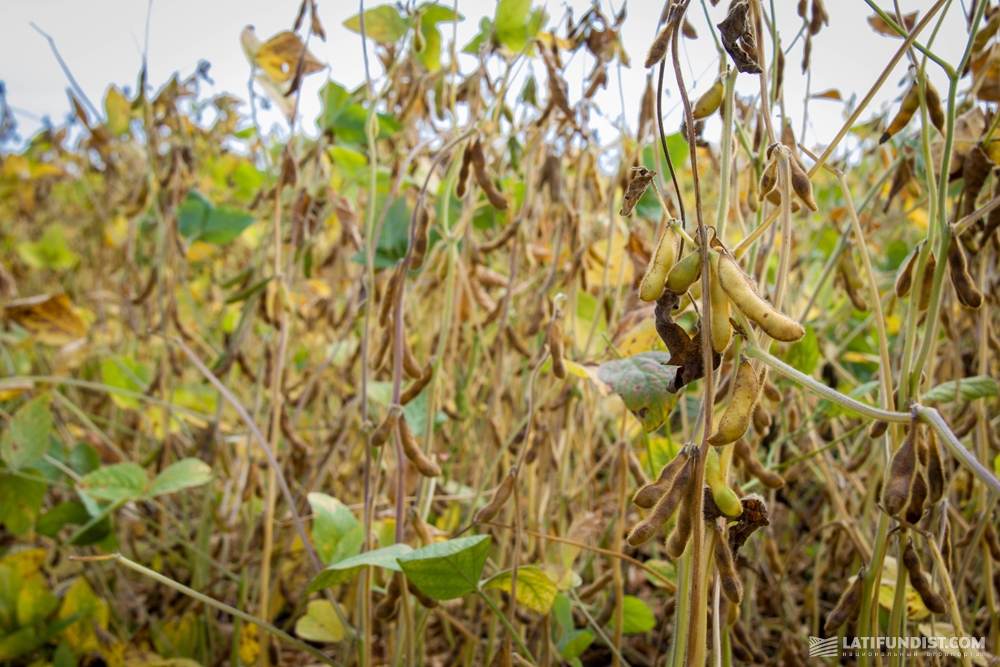
"Last year autumn ploughing to a depth of 20-25 cm was made here. Then we made two kinds of harrowing by ourselves. One was the spring-tooth harrow with adjustable angle of harrowing, and the second one was segment harrow. Along with this, we bought this year spring harrow, which was also used for the crop tending in this field", the company's Director tells us.
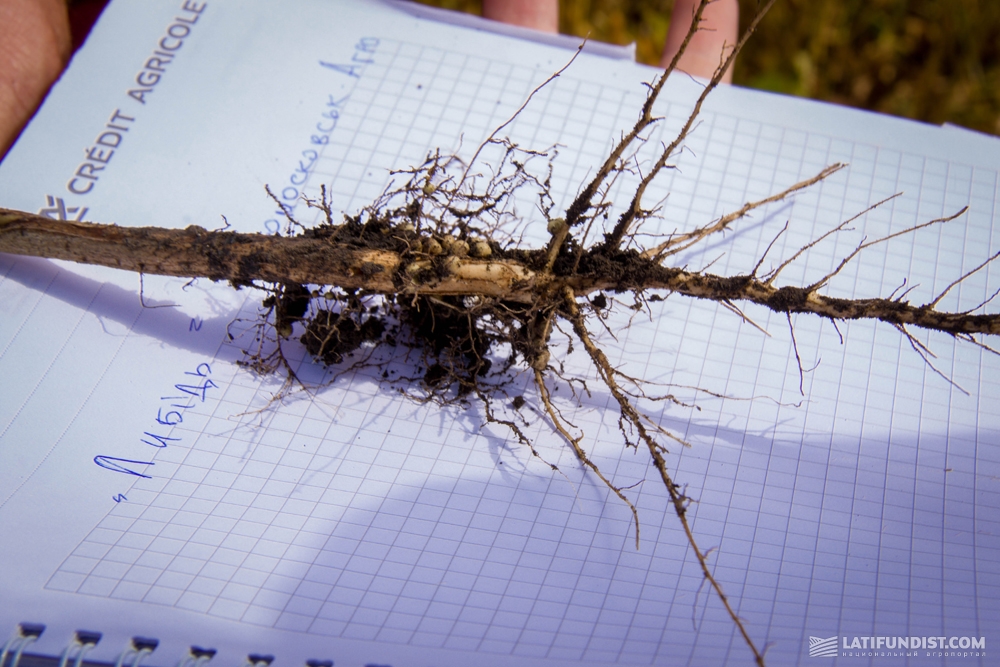
The soybean was also the forerunner in this field. Harvesting is to start in about 10 days. The company expects to harvest 2 to 3 t/ha crop this year.

"Last year, the yield was 2.7 t/ha, however, we used plant protection products. Speaking about last year I can not say we suffered from excessive moisture. Sowing was delayed for two weeks, simply because we could not go to the field and do it. We had three times more rain than usual. But, as you see, the soy has filled grain, you can expect a good harvest", Oleg Pysanka says.
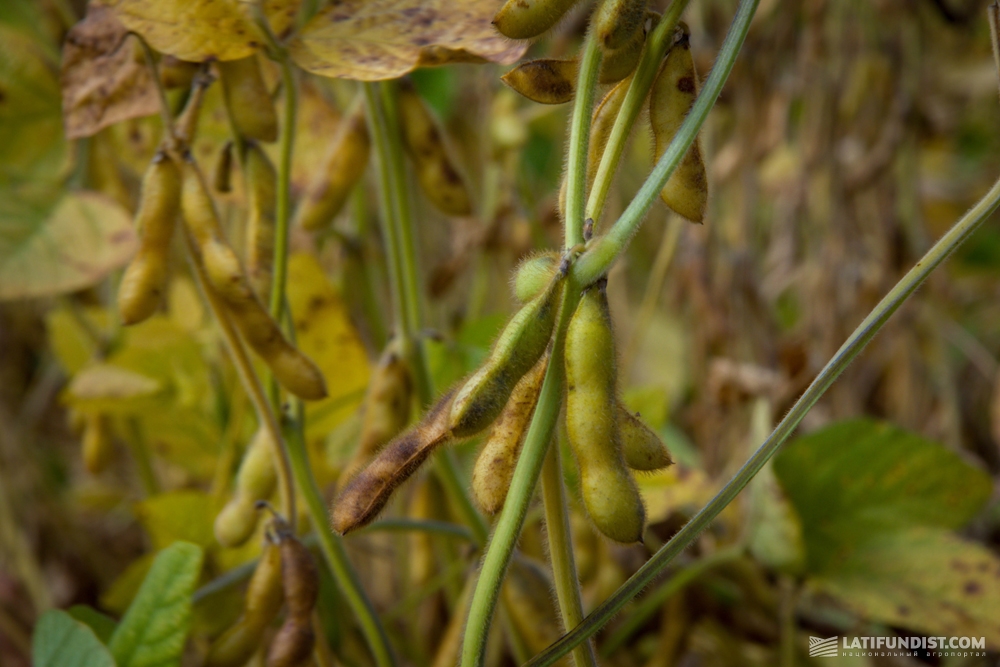
The farm used biological agents including Bitoksibatsillin against pests, such as aphids. According to the Director, it would be difficult to notice pest without quadcopters. It is the company's first year of working with quadcopters and the result is already visible.
We say goodbye to the Director of the enterprise and hurry (the sun is going down!) to the latest point of our soybean AgroExpedition — Granite Agro.
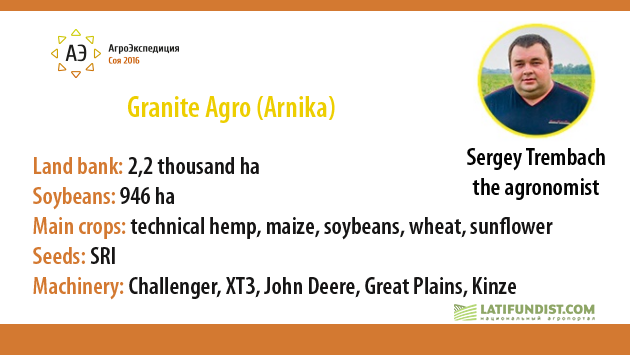
The next field was close by, or so we first thought. The agronomist of Agro Granite Sergey Trembach led us first along battered "rural highway", and then along the field road. Our way was even blocked by harvesters!

The sun had not yet set when we arrived in the field. There seems to be a bit of time.
According to the agronomist, 2192 ha are used for organic production in the farm. Hemp, soy, maize and wheat are grown there. The crop we are interested in occupies 946 hectares and all of it has been organic for 5 years already. The varieties Lybid, Korsak, Khorol are used. The predecessor was also soy.
"Our primary tillage is loosening. In spring we close moisture. This year we used segment harrows which cut weeds twice. The weather conditions did not allow more. We did sowing cultivation. On May 6th we had the seeds planted. The Ukrainian seeder Partner with the seeding rate of 160 kg/ha was used. We relied on the line method 30 by 30. Segment harrows were used to pull a thread. After sprouting harrow was repeated with a spring harrow", says the agronomist.
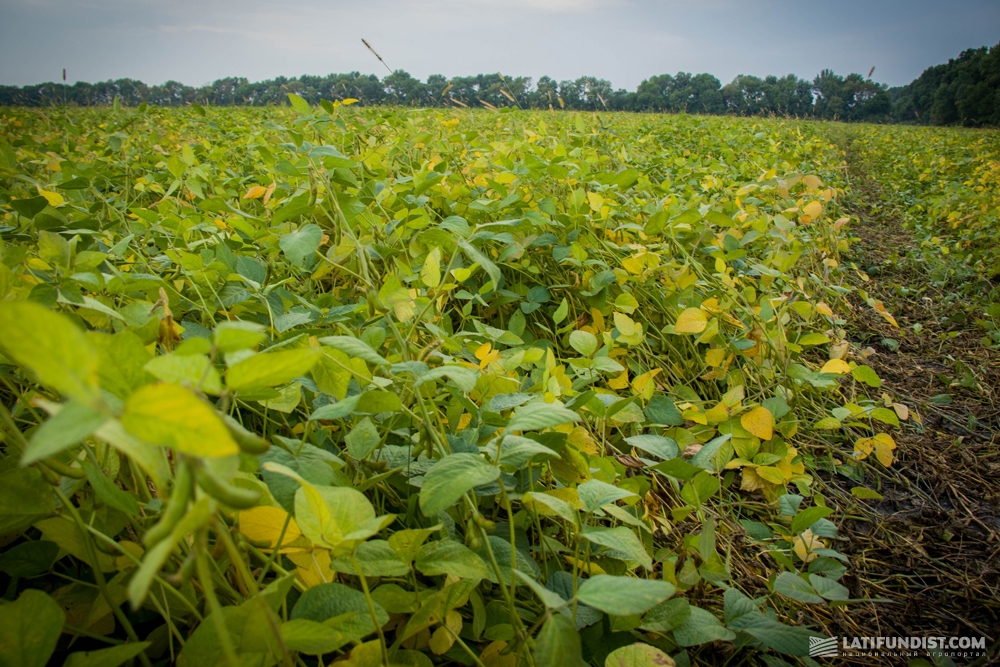
According to him, the seed treatment was carried out with biological products: bio-insecticides Bitoksibatsillin 5 l/ha, BTU Biocomplex 0.5 l/ha in mixture with Enposamom 200 g/ha and FitoHelp chemical fertilizers 600 g/ha.

"Why is organic better? Having experience in inorganic agricultural enterprise I say: because the plant grows without herbicides. There may be some weeds, but the crop develops and vegetates much better", he said.
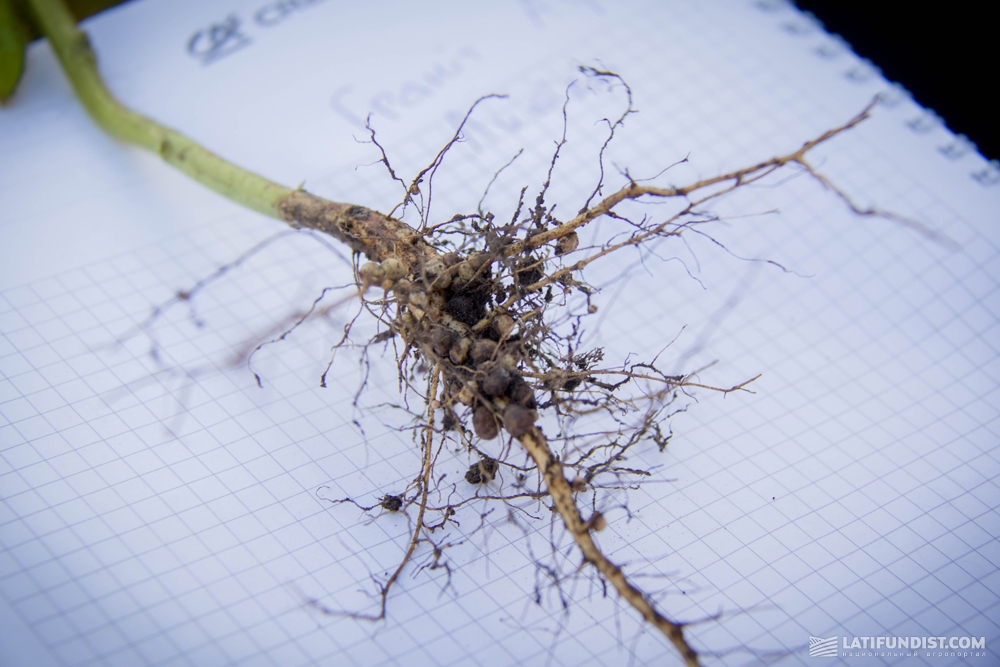
Problems with the pests have not been detected.
Sergey Trembach replied to the question about productivity that in the past year they had received 1.8 t/ha, and in the current year the plan is to receive at least 2 t/ha, but the optimistic plan is 2.5 t/ha.
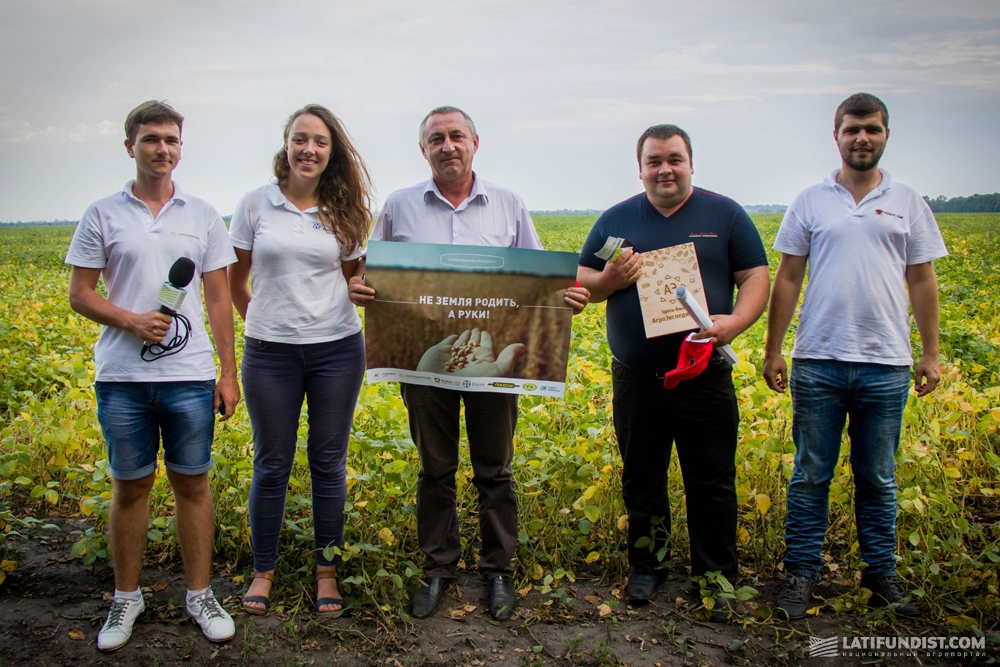
It seems our AgroExpedition is coming to an end ... No, wait! It will be incomplete without the final blog. We will finish our expedition here, but we are looking forward to the next AgroExpedition. Traditionally we promise — it will be interesting. Stay with us!


